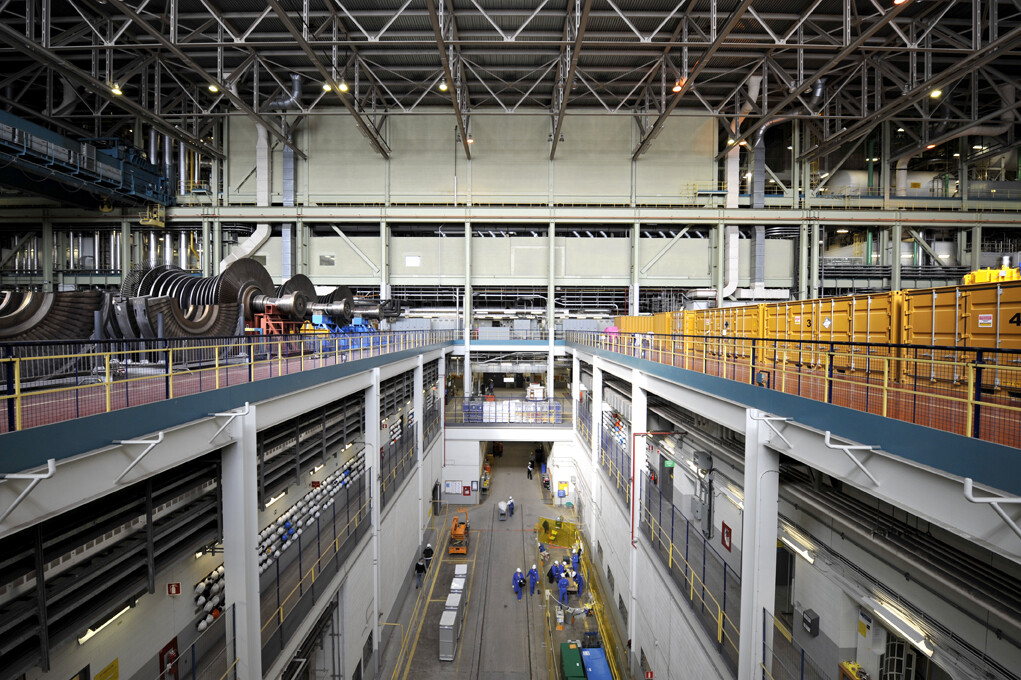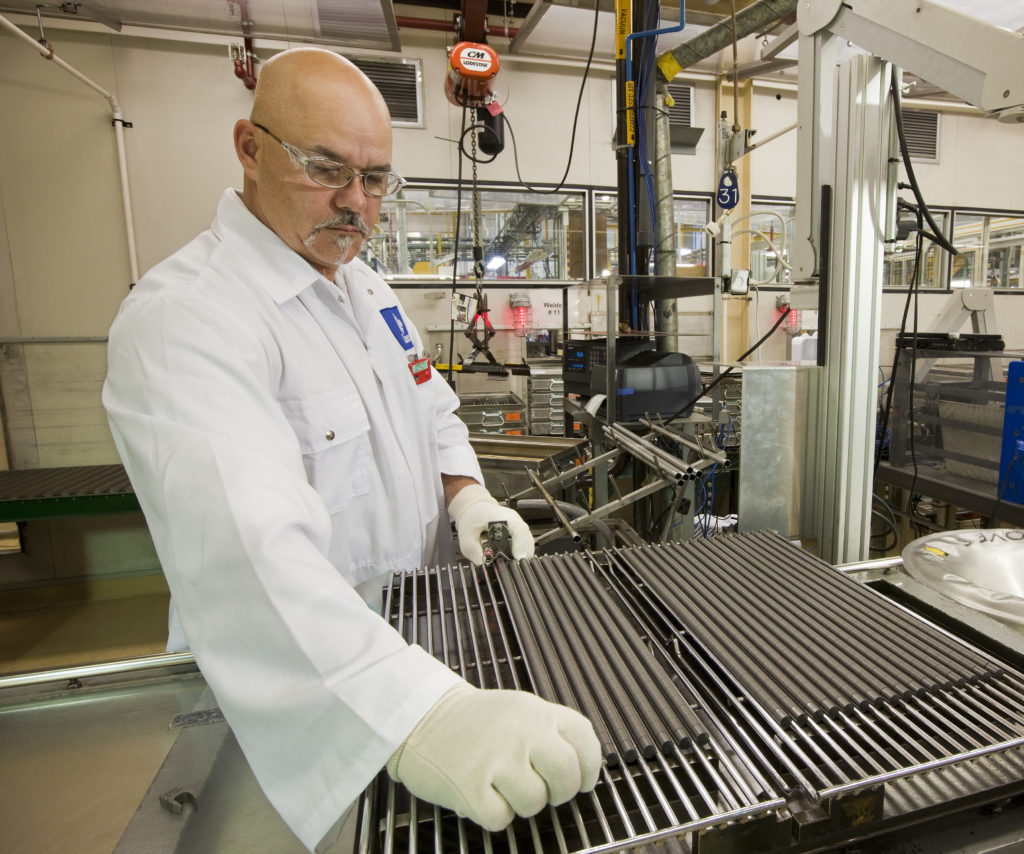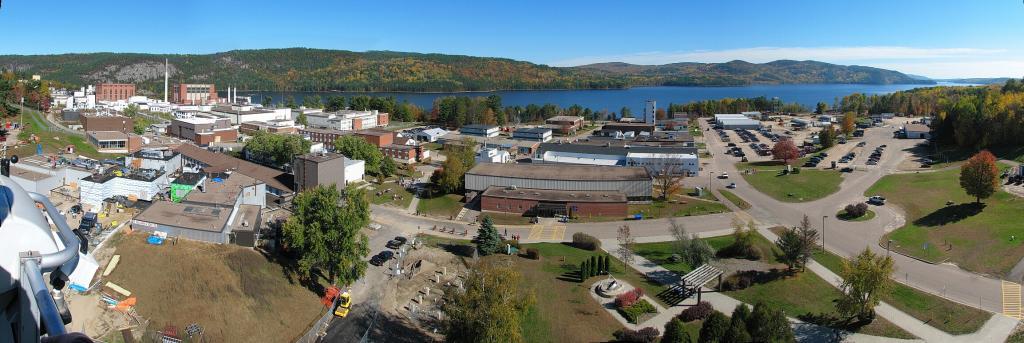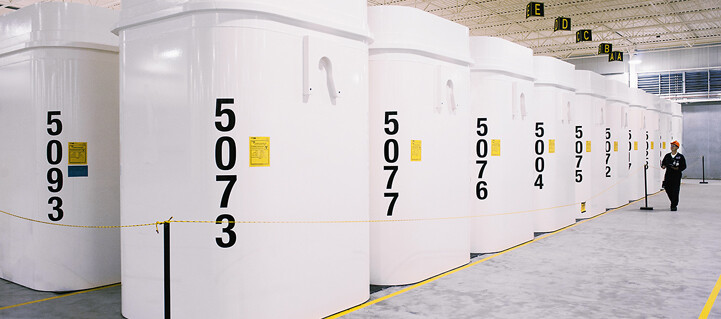Reactors and SMRs
Nuclear energy provides a reliable, low-carbon source of electricity, available 24/7.
How a Nuclear Reactor Works
Nuclear reactors produce heat by splitting atoms. This heat converts water into steam, which in turn turns a turbine that spins a magnet, causing electricity to flow to the grid.
Small Modular Reactors (SMRs)
Small modular reactors (SMRs) generate between 10 and 300 MWe and are much smaller than Canada’s flagship CANDU reactors, which average around 700 MWe.
Nuclear Fuel
Nuclear fuel is highly energy-dense, so a nuclear reactor requires very little fuel. Uranium pellets weigh about 20 grams each (a little less than the weight of an AA battery).
Nuclear Power in Canada
Nuclear plants have been powering Canadian grids since the 1960s, but Canada has been involved in nuclear science and technology since the beginning.
Safety
The Canadian nuclear industry is one of the most closely monitored industries globally. Major nuclear facilities are the most protected critical infrastructure in Canada.
Spent Fuel and Nuclear Byproducts
Spent fuel — the uranium that has powered nuclear reactors — makes up about three per cent of the volume of nuclear waste worldwide. The total amount of spent fuel bundles in Canada would fill about six hockey rinks to the height of the boards.





